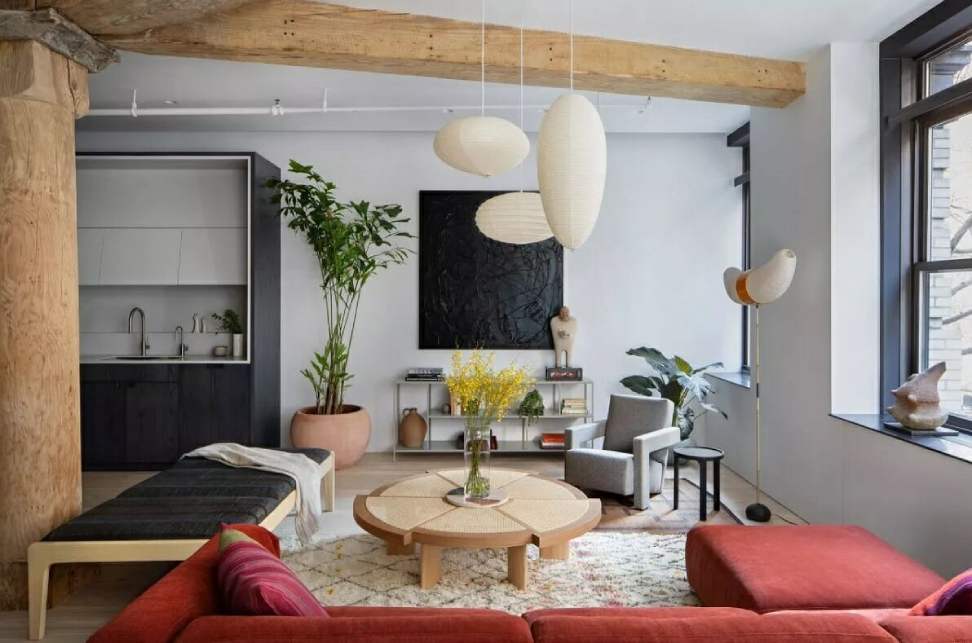11xplay Reddy Login, Betbhai9, T20exchange: Colors play a significant role in influencing our mood and emotions on a subconscious level. Different colors have the power to evoke various feelings and reactions within us, creating a dynamic impact on our overall well-being. For example, warm colors like red, orange, and yellow are often associated with feelings of energy, warmth, and positivity. These hues can stimulate creativity, increase enthusiasm, and evoke a sense of happiness.
On the other hand, cool colors such as blue, green, and purple are known for their calming and soothing effects. These colors can help reduce stress, promote relaxation, and create a sense of tranquility. Understanding the psychological effects of colors can be instrumental in creating harmonious and balanced environments that support our mental and emotional health.
Utilizing Natural Light to Boost Overall Mood
Natural light plays a crucial role in influencing our mood and overall well-being. Research has shown that exposure to natural light can help regulate our circadian rhythms, leading to improved sleep patterns and increased feelings of alertness during the day. The presence of natural light in our living or working spaces has been linked to reducing feelings of stress and anxiety, creating a more calming and uplifting environment.
Incorporating more natural light into our daily lives can have a profound impact on our emotional state and productivity levels. By allowing sunlight to flood into our indoor spaces, we can experience a greater sense of connection to the outside world and feel more energized throughout the day. Whether it’s through strategically placing furniture near windows or using sheer curtains to maximize light penetration, making simple adjustments to increase natural light exposure can greatly enhance our overall mood and psychological well-being.
The Importance of Space Planning for Mental Clarity
Space planning plays a crucial role in creating a conducive environment for mental clarity. The way a space is organized and designed can significantly impact our ability to focus, think clearly, and feel at ease. When a space is cluttered and disorganized, it can lead to feelings of overwhelm and distraction, making it difficult to concentrate on tasks at hand.
On the other hand, a well-planned and organized space can promote a sense of calm and order, helping to enhance mental clarity and productivity. By strategically arranging furniture, optimizing natural light, and incorporating elements of nature, a space can be transformed into a tranquil oasis that supports mental well-being. When our surroundings are harmonious and thoughtfully designed, our minds are free to operate at their best, fostering clarity and focus in our daily activities.
How does color impact mood and emotions in a space?
Colors can have a significant impact on our mood and emotions. For example, warmer colors like red and orange can create a feeling of energy and excitement, while cooler colors like blue and green can promote relaxation and calmness.
How does natural light affect our overall mood?
Bet365 ID, Play247 Online, Iceexchange: Natural light has been shown to improve mood and mental clarity. Exposure to natural light can help regulate our circadian rhythms, increase serotonin levels (a hormone that affects mood), and reduce symptoms of depression.
Why is space planning important for mental clarity?
Space planning is important for mental clarity because it can help create a sense of organization and order in our environment. A well-planned space can reduce feelings of stress and anxiety, and promote focus and productivity.
Must Read :
- How To Use Fixodent?
- Why Do I Have Red Dots On My Tongue?
- What Are Some Best Home Remedies For Toothache?


